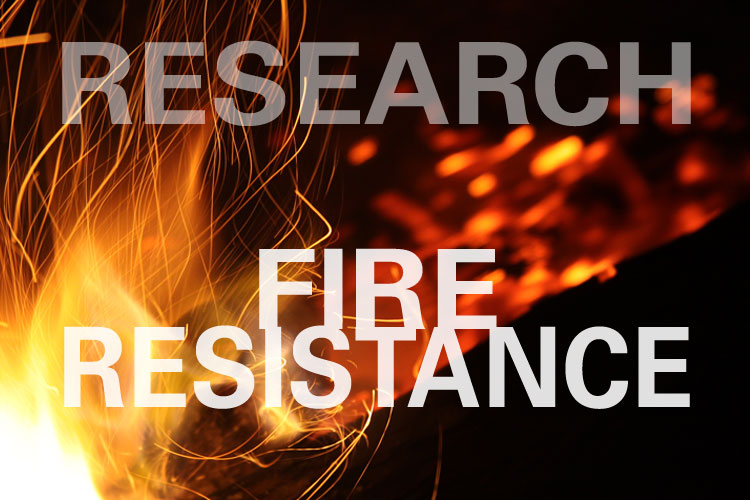Experimental and theoretical investigations were conducted on the combustion behaviour of compacted, rendered straw bales exposed to two radiant heat flux regimes—(1) 30kWm−2 for 30 min and (2) 50kWm−2 for 40 min. The objective was to examine the fire safety of the rendered straw bales, which are used to construct houses in rural areas or on the urban fringe. The rendered bales were ∼950 mm × 450 mm × 550 mm in size, comprising a ∼45 mm thick render layer on all sides. Two types of render materials—earth-based and lime-based—were tested. The 30kWm−2, 30-min regime resulted in little damage to the render layer and no combustion of the straw bale. The 50kWm−2, 40-min regime initiated combustion of the straw 24 h after the end of the exposure regime, consuming the entire straw bale over 11 days. A two-dimensional mathematical model describing the heat transfer through the render and the straw, and the combustion of the straw is presented. The kinetic parameters for the pyrolysis and combustion were derived from thermo-gravimetric analysis of the straw. The physical and thermal properties of the render and the straw were obtained from measurements and literature. The model predicted transient temperature profiles within the straw bale. The trends of predicted temperatures compare favourably with the experimental measurements, although aspects of the theoretical predictions of the ignition of the straw could not be reconciled with experimental results. © Commonwealth of Australia 2008.
- Apte, V.
- Griffin, G. J.
- Paroz, B. W.
- Bicknell, A. D.
Link: http://onlinelibrary.wiley.com/doi/abs/10.1002/fam.963



